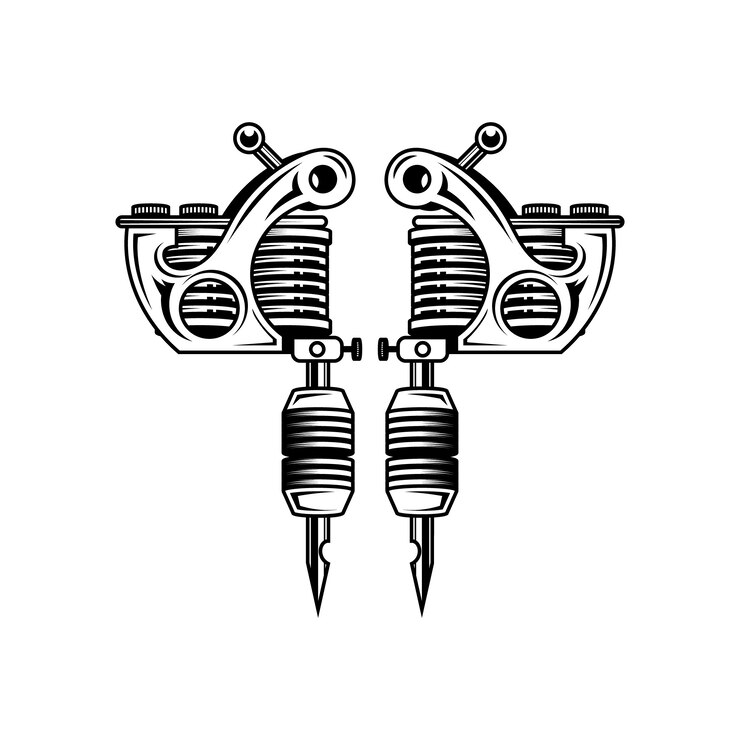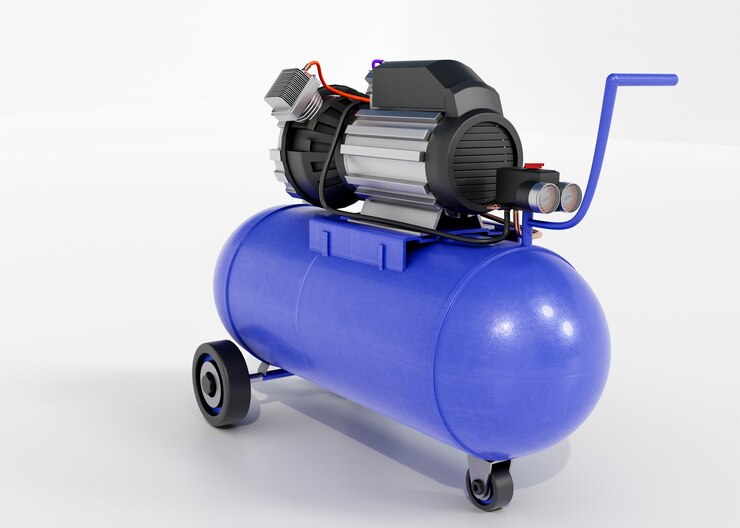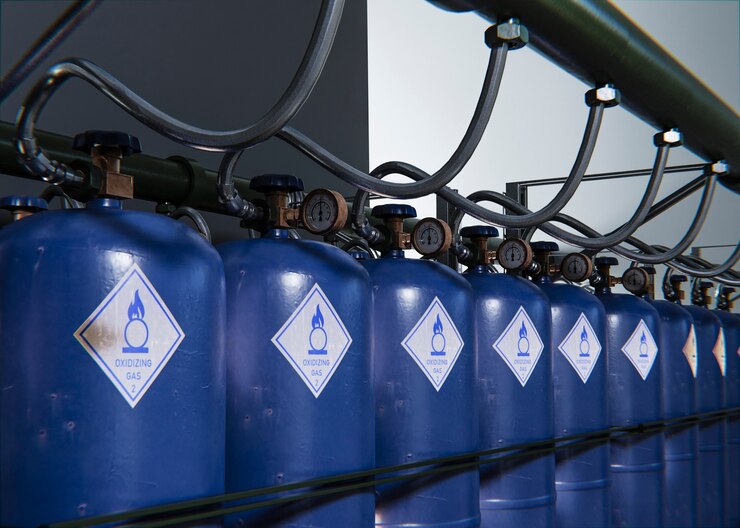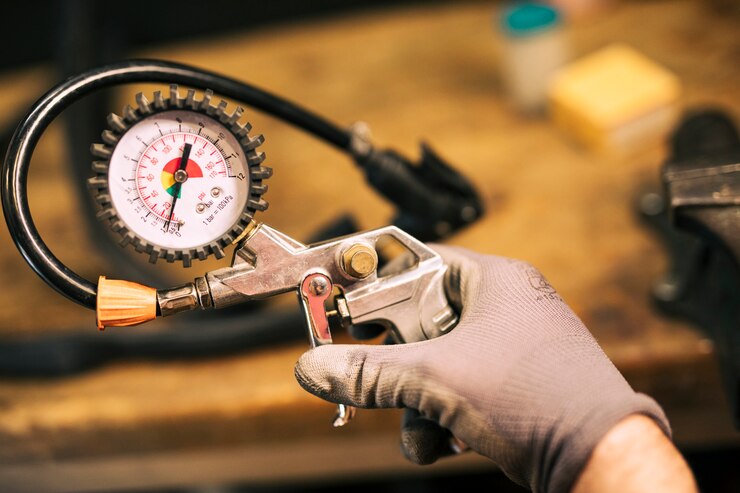Piston Compressor Design: Balancing Efficiency, Reliability, and Safety
Piston Compressor Design: A Closer Look at Efficiency and Innovation
Few mechanic innovations can be identified that have ever revolutionized the industries in the capacity that piston compressors did in the world of mechanical engineering. These machines are used in numerous operations right from manufacturing car engines to running industries and the community at large so that we have the power in our daily activities. Piston compressor design is discussed in detail in this article with its elements, operation, and usage explained in simple language and using rich illustrations.
Understanding the Basics of Piston Compressors
In its simplistic form, a piston compressor is a reciprocating compressor that employs a piston to compress either air or anything that can be compressed. Positive displacement is the type of mechanism at work with these machines because they draw in a specific volume of air or gas and then compress it into a lesser volume. This process is critical in so many sectors in order to achieve optimum functionality in refrigeration, pneumatic amongst others.
Key Components of Piston Compressors
To truly appreciate piston compressor design, we must first understand its essential components:
Cylinder: The compression part of the compressor, or the core of the unit. Its design is strategic to meet all efficiency and durability goals.
Piston: The element that changes the position and in turns the state of the compressed gas. The compressor’s design piston means that it directly affects the functioning of the compressor as well as its energy use.
Crankcase: Enclosures for axial support of the crankshaft and other parts. One of its incorporations relates to lubrication and heat dissipation.
Valves: These regulate the admission and expelling of air or gas. Properly designed valves help to operate correctly and have low noise levels.
Seals and Bearings: Playing a crucial role in increasing pressure or reducing friction, such parts are indispensable in assuring dependable, trouble-free service and long life of the compressor.
Lubrication System: Responsible for the reduction in wear and tear the lubrication system is very vital for the smooth running of the machine.
Cooling System: The working of any compressor is characterized by the emission of heat energy. Proper cooling must be achieved to get the best possible temperature levels to control the thermal environment.
The Importance of Design in Piston Compressors
There is no area that is more sensitive than the other in the design of a compressor. The design aspects that engineers focus on include:
• Cylinder Design: Specifically, the cylinder has to be strong but at the same time lightweight. Modern material and the finite element method assist in improving its construction for strength and weight reduction.
• Piston Design: A well-designed piston not only compresses resultant forces effectively but also has a low energy dissipation rate. Other aerodynamic characteristics such as airflow and piston shape can also be modeled by CFD maximum and minimum.
• Crankcase Design: Perfect crankcase ventilation can improve the efficiency of the lubrication system and thus increase the service life of the compressor.
• Valve Design: Valves must open and also should closes at the right time. They suggest precision engineering here can bring about a remarkable improvement in efficiency.
• Sealing Systems: A good seal does not allow leakage so that the compressor is maintained for this reason; high-quality seals should be used.
• Lubrication Systems: New ideas in lubrication, such as in-mist lubrication, can increase productivity and also decrease energy use.

Improving Efficiency and Effectiveness
Competitiveness of industries has thus resulted into the requirement of efficiency and reliability in the contemporary industrial environment. Piston compressors are designed to deliver both:
• Energy Efficiency: Current designs are more concerned with energy efficiency making the compressor more cost effective. Energy control is a growing application of variable speed drives.
• Reliability: Thus, a dependable compressor is low on time-off. Anti-static materials are used which make these machines very hard to be affected by the constant usage throughout their working time.
• Noise Reduction: Piston compressor noise is a common issue and engineers are always coming up with mechanisms of minimizing the same. Reduced noise emissions become possible through sound insulation and improved design features.
Used in Various Sectors
Piston compressors find their home in a myriad of industries, each benefiting from their unique capabilities:
Automotive Industry
In automotive applications, piston compressors have several applications ranging from air conditioning to occasional use of pneumatic tools. I can бар look at their ability to provide high pressure in a compact form as a true asset.
Refrigeration and Air Conditioning
Of these, these compressors are valuable in the operation of the refrigeration cycles, so that refrigerators and air conditioners work optimally.
Industrial Processes
For processes that demand the use of compressed air or gas, piston compressors feature in many industries such as manufacturing, extraction of oil and gases. And due to this they are preferred to be used in these harsh areas because of his reliability and efficiency.
Pneumatic Systems
Pneumatic tools are greatly dependent on piston compressors. These tools exhibit features such as capacity to deliver high pressure and that makes them versatile in most applications including drilling and painting.
Advanced Design Techniques
With advancements in technology, engineers have a plethora of tools at their disposal to enhance piston compressor design:
• Finite Element Analysis (FEA): This technique can effectively predict the performance of a design in certain conditions and thus enable engineers to get the best of both strength and weight.
• Computational Fluid Dynamics (CFD): In compressor application, CFD involves simulation of airflow within this component to assist in modifying a design to improve efficiency and minimize energy use.
Maintenance and Safety Considerations
Like any other mechanical equipment, proper maintenance plays a centric role when it comes to the life cycle of piston compressors. Here are a few best practices:
• Regular Inspections: Inspect seals for signs of wear, similar bearings, and other similar parts.
• Lubrication: Make sure that the lubrication system is in optimal condition so as to reduce friction.
• Cooling Systems: Coil system should be closely observed so that they do not get too hot and cause damages that are catastrophic.
Future Vision of LEIYAO
We are committed to making China Compressors a highly valued company and the compressor industry’s greatest asset. Pride in the work we produce runs through everything that is done at our firm with regard to production and operations. This means we practice a quality policy to get the highest contribution from the team members in all assignments. Besides, satisfying customers, our principal objective is to enhance our practices and products continually. Both parties also share the vision and plan to take new heights in both quality and innovation.
Conclusion:
As industries evolve, so too will piston compressor design. Innovations in materials science and engineering practices promise to enhance efficiency, reliability, and performance. Whether it’s through better materials, advanced simulations, or smarter designs, the future of piston compressors looks bright. For more insights on compressor design and technologies, visit China Compressors.


